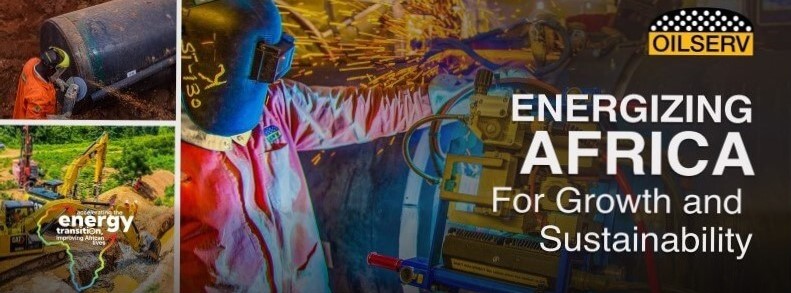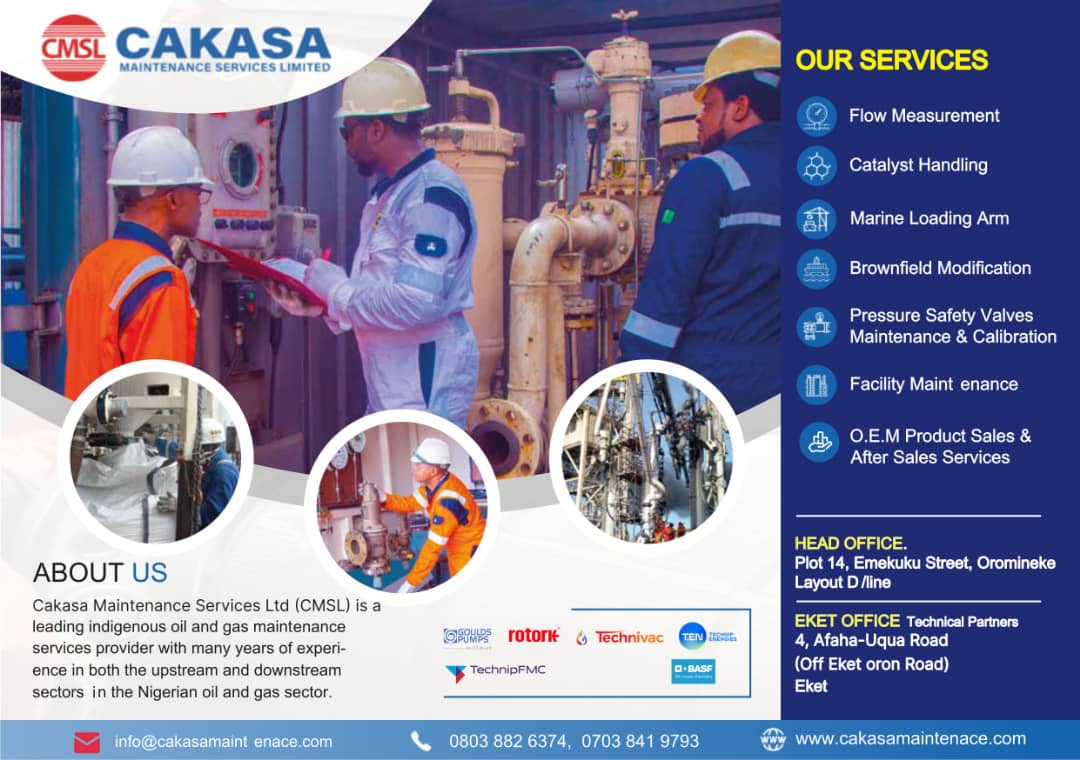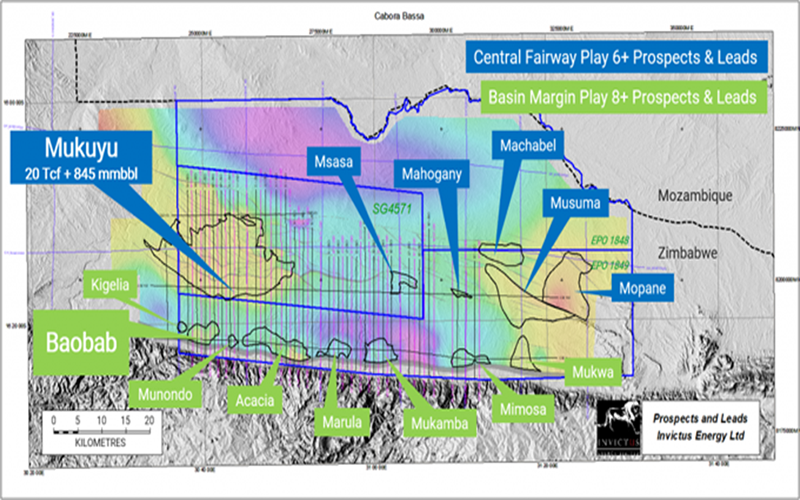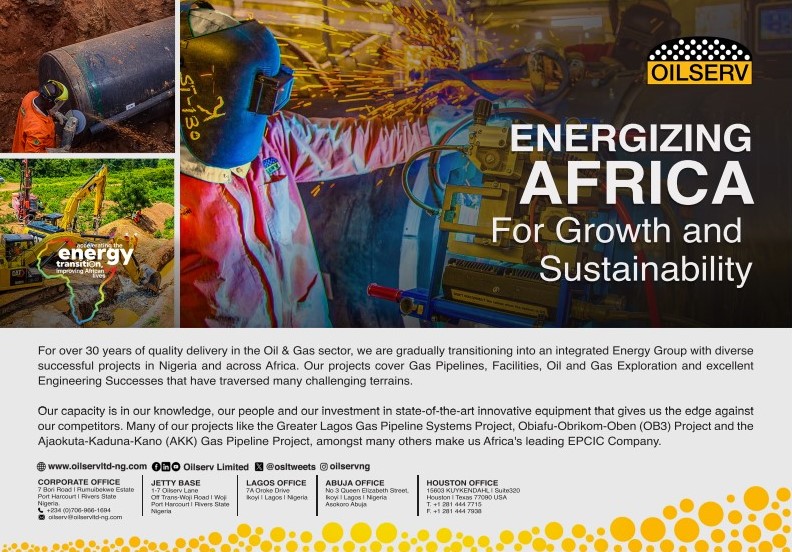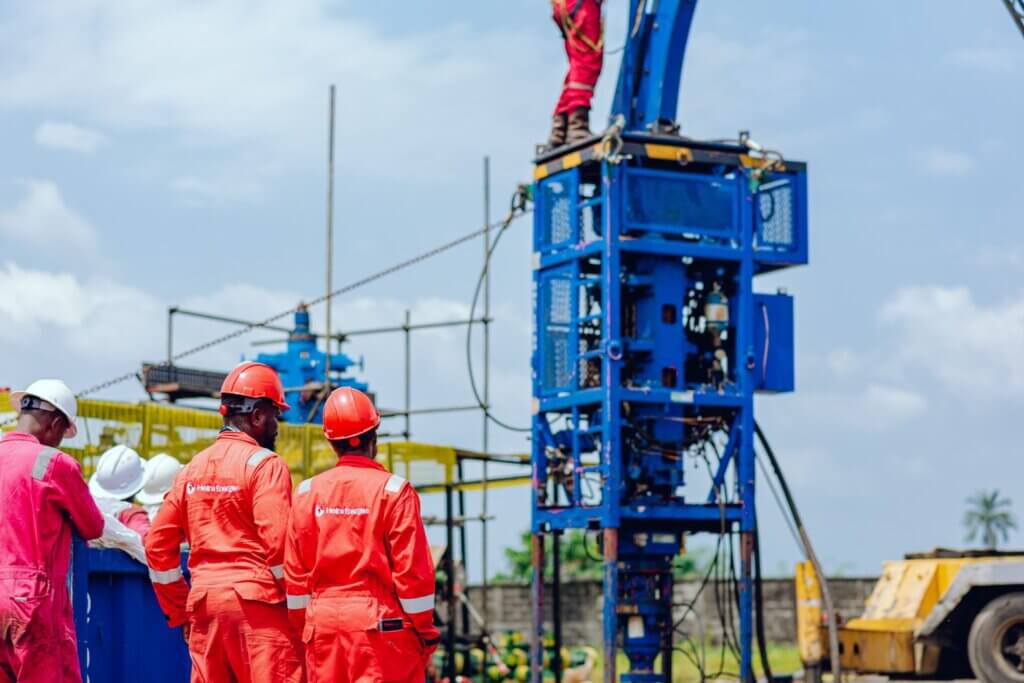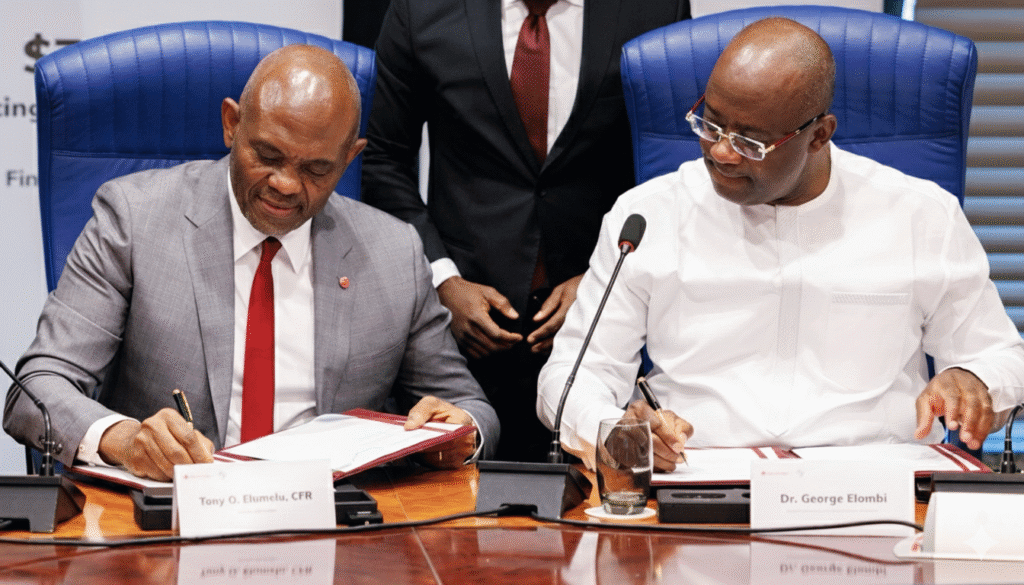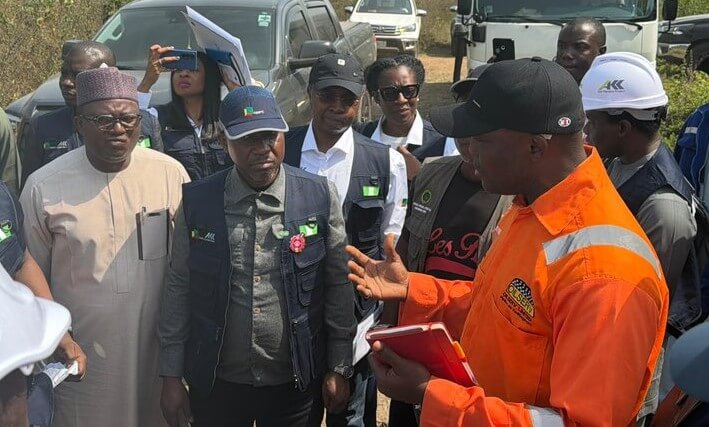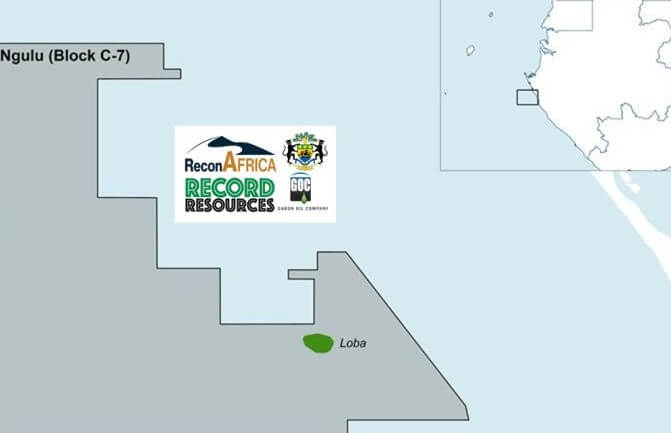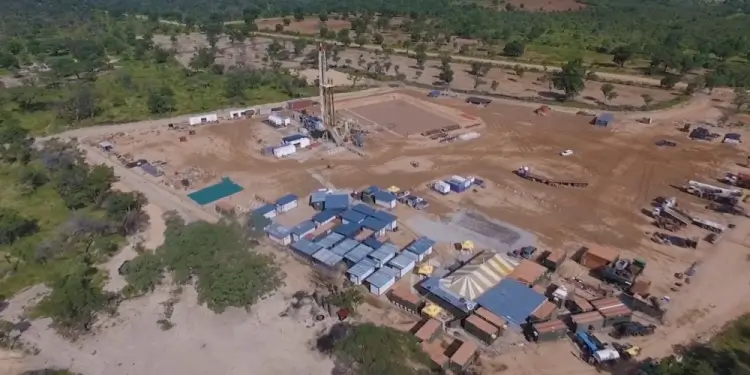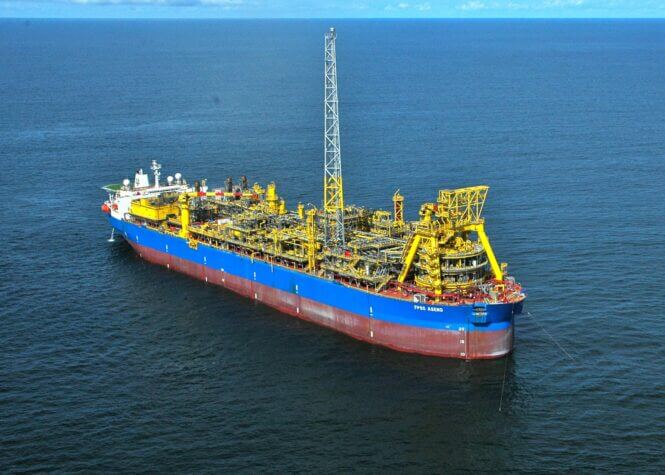
In an era of uncertainty, the time to start managing stranded cost risk is now
by Raja Atoui, Partner, Bain & Company Middle East and Grant Dougans, Partner, Bain & Company Washington DC
Energy executives evaluating capital investments in fossil-fuel infrastructure hear two very different narratives about the future. On the one hand, pricing levels and the demands of the market signal the need for new capital investment in the energy system. On the other, energy companies are under pressure from investors, regulators, and other stakeholders to throttle investments in fossil-fuel infrastructure, to help put the world on an emissions path consistent with a 1.5°C temperature rise from preindustrial levels as part of the energy transition.
Much of the discussion on fossil-fuel assets is binary. That is, they’re either vital to prosperity or unacceptable given climate change. In spite of this uncertainty, executives still need to make investment decisions on energy infrastructure, based on the economics of each project. Increasingly, a top concern is the risk of stranded-asset costs: that a power plant, refinery, oil well, or other assets won’t continue to operate through its useful life due to changes in policy or economic shocks. This is no small change, but rather a fundamental reshaping of the rules that have guided energy infrastructure investment for more than a century.
Management teams are reimagining their investments in traditional energy assets, despite uncertainty about future returns or terminal value. When combined with a sound energy transition strategy, companies can navigate risks associated with individual projects and build the right assets for the coming years. But the time to start managing stranded cost risk is now.
Amid energy transition uncertainty, leading players are implementing five key actions to reduce the overall risk of a given project:
- Rather than focus on a pipeline of new projects with long useful lives, companies will increasingly look for ways to extend the lives of existing assets, or invest in assets with a more modular capital profile, that is, one that allows them to invest in segments rather than all at once.
- When approving investments or determining depreciation, companies will want to take into account the risk of stranded assets.
- Where possible, companies should design assets in ways that anticipate their conversion to lower carbon use. These designs may cost marginally more up front, but when policy is uncertain, the ability to keep assets running in a net-zero future creates more value over time and reduces the assets’ risk.
- Shorter life spans for assets imply revisiting traditional design specs; they don’t have to be designed to last forever. Many energy companies have thrived on their engineers’ abilities to push the limits of what can be achieved safely.
- Many energy projects make money either on long-term, locked-in agreements or based on market movements. Long-term agreements earn an attractive return on capital, but the market model offers the possibility of higher and quicker returns, along with some pricing risk. A blended approach can help accelerate returns and mitigate risk.
- Stranded-cost risks will vary widely for different assets of any given company, which must have a concrete understanding of the individualized risk profile for any particular investment.
- Project assessment always requires scenarios, but the level of uncertainty is rising. The risk of stranded costs means that management teams will need to focus more on mission-critical capital projects that offer rapid returns.
- An asset that might strand in year 25 of 30 represents a small risk of stranded costs (and the ultimate write-down) relative to a long period of value creation for customers and shareholders. An asset that strands in the 10th year of a 30-year plan represents a significant write-down risk with much less value creation potential. For this reason, assets with shorter life spans are less risky than those with longer life spans.
- An asset that can be converted to a lower-carbon use or sold is more valuable than one that can only be shut down and written off.
Consider the project as a part of an evolving portfolio
For companies that need to maintain and invest in fossil-fuel infrastructure, managing the risks of stranded assets could become more challenging every year. They’ll need to manage this risk as part of a broader strategy to evolve the business and sustain a compelling proposition for investors.
Companies will want to tune their capital-allocation approach to the needs of their investors. Two groups of investors to pay particular attention to might be considered “green capital” and “gray capital.” Green capital investors focus on ESG metrics. Some place carbon budgets on their portfolios, which can limit the availability of the capital they manage. These investors will look to management for signals that the company is serious about the energy transition, even as they make investments in fossil-fuel assets that may become stranded. Gray capital investors, by contrast, are less focused on ESG topics and more comfortable taking risks on fossil-fuel assets. This group is taking on a growing share of investment in fossil-fuel infrastructure.
All investors, whether green or gray, are likely to increase their reliance on ESG metrics and ingest vast amounts of data to identify which companies are best situated to generate returns from the energy transition. Scrutiny on management teams will increase, particularly on management’s ability to decide whether to invest in assets with a risk of stranding, and for which reasons. This is a relatively new issue, but one that management teams at energy companies will have to contend with for the rest of their careers. The field is changing rapidly, and no one can be certain how policy and investor sentiment will evolve. Developing the skills to make these assessments and the flexibility to adapt based on shifts in policy, investor sentiment, or other conditions will be critical for success.













